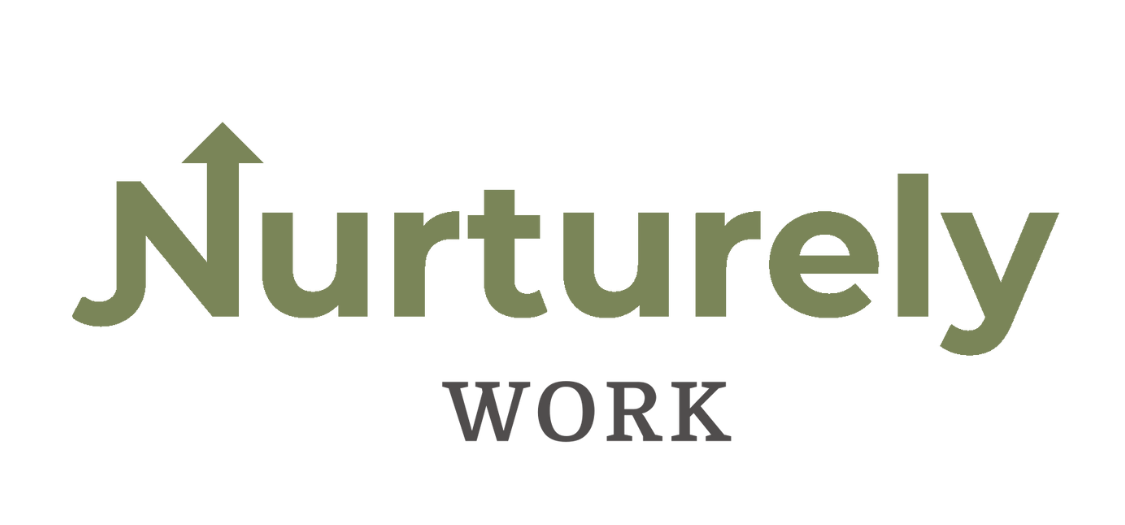It's World Well-Being Week! Here's How to Cultivate Well-Being in Your Workplace:
Did you know it's World Well-Being Week? 🌍💌
According to WellBeing World, Well-Being (or WellBeing) Week was created in 2019 as a worldwide initiative to inspire people to prioritize their mental, physical, and emotional health. The week occurs every year at the end of June, and 2023 marks the fifth year since World Well-Being Week's inception.
Now, in my opinion, we don't talk nearly enough about how we can cultivate well-being in the workplace. So, it's easy to see why this week is the perfect time to share with you some tips on how you can do just that. After all, a thriving work environment goes beyond productivity and profitability – it focuses on the well-being of all individuals -- including yourself!
Here are 5 tips (with examples!) for cultivating well-being in your workplace:
Inspire a Healthy Work-Life Balance -- Maintaining a healthy work-life balance is vital for overall well-being. We don't live just to work, do we? Here are some examples of how you can foster a healthy work-life balance in your workplace:
Prioritize mental and physical health for yourself and for employees.
Promote vacations and time off.
Support flexible working hours or remote work options when feasible.
Express Gratitude and Appreciation Often -- While it's true that a simple "Thank you" can go a long way, it's also true that many people don't feel adequately seen or heard when we don't express exactly why we're grateful for them (read more on this topic here). Instead, here are some suggestions for expressing your gratitude and appreciation to employees:
Learn employees' various "appreciation languages," such as words of affirmation or receiving gifts.
Be specific and sincere when expressing gratitude.
Take a free assessment to learn how grateful you are (like this one!).
Foster an Environment of Open Communication -- You've probably heard it said that open communication is the cornerstone of a healthy workplace, because it's true! Here are some ways you can build upon that cornerstone:
Encourage employees to ask questions when there is uncertainty (and be willing to listen to and answer those questions!).
Ensure that there is clarity on organizational structure, mission, goals, etc. In other words, don't just assume someone understands something.
Consider using an internal chat platform for quick and open communication.
Set Clear Expectations and Boundaries -- For many people, this tip is often one of the most difficult to implement. However, when done correctly, the results are invaluable to the health of the workplace and its people. Some things you can do to get started:
Ensure that meetings start and end on time.
Be mindful when employees are working through lunch or on vacation (Hint: They shouldn't be!).
Create a culture code to aid understanding of expected behaviors (and click here to learn how we can help with this).
Recognize and Utilize Employees' Strengths -- This is a powerful one. When you realize how recognizing and utilizing employees' strengths will contribute to their overall well-being, desires for growth, and feelings of connection and of being appreciated, you yourself will begin to hone a new skill as a leader. Here's some examples:
Don't be afraid to delegate responsibilities to employees who express interest or skill in certain areas.
Offer growth opportunities.
Recognize and celebrate employee achievements and milestones (even personal ones!).
Here's a fact: A nurturing workplace begins with you. As a leader, it's going to take considerable intentional efforts and much self-awareness to start building a healthy workplace in which team members know their well-being is a priority.
This shouldn't be something you only do during World Well-Being Week. Instead, challenge yourself to find new ways to cultivate well-being for yourself and others on a daily basis. Your future self and your peers will likely thank you.
✅ And, if you'd like a little guidance, feel free to reach out. I'm more than happy to chat. Happy World Well-Being Week!
